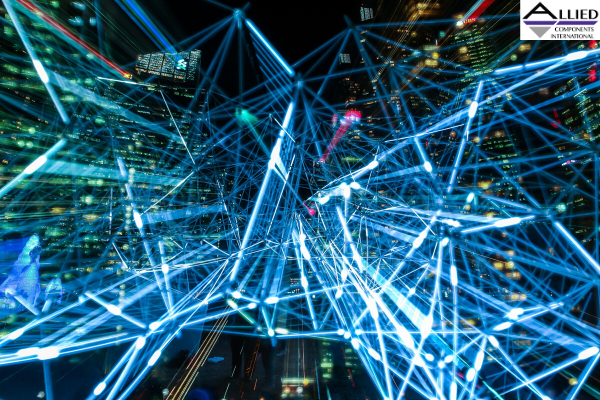A Generator That Converts Waste Heat Energy into Electricity

As sustainability becomes a growing concern among today's global manufacturers, interest is growing in the science community to develop electric generators that use waste heat to power small electronic devices.
Here are principles of power electronics that can be applied to converting heat energy into electricity:
How Iron Provides Efficiency
An efficient material for electric generators is iron due to its abundance and affordability, according to a recent study at the University of Tokyo, published in the journal Nature. One of the main findings was that iron is a sufficient material for generators powering small electronic devices such as sensors. A primary reason iron works well is because of its thinness.
Understanding Thermoelectric Generator Design
Thermoelectric generator design, which relies on the Anomalous Nernst Effect (ANE), is part of the equation for crafting generators that convert excess heat into electricity. The concept traces back to a German chemist named Walther Nernst, who won the 1920 Nobel Prize in Chemistry. He was an expert in thermodynamics, which is the study of heat and temperatures, as well as a pioneer in electrochemistry.
This effect provides a path toward energy harvesting technologies and involves utilizing a large and flexible area of a heat source. ANE delivers voltage across a material surface between two terminals perpendicular to each other. Hot and cold regions contribute to voltage differential as ANE quickly increases in a low magnetic field.
Also Read - 14 Essential Electronic Components and their FunctionsThe temperature gradient is a metric used for measuring a temperature direction and rate of change around a specific location. It's measured in Kelvin per meter.
This discovery about iron is significant because it may lower costs for generators that power small electronic devices, including wearables. It's also a non-toxic solution that will work well with the proliferation of IoT devices.
Also Read - Active Rectifier Circuits: What You Need to KnowAnother remarkable aspect of the study was that it was advanced using high-speed automated numerical calculations. This dynamic was crucial to determining suitable materials to test.
ANE Enhancement
The Tokyo researchers found ANE can be enhanced by 25 percent doping of aluminum and gallium in alpha iron. The impact was as much as twentyfold. Previous experiments used more expensive materials than iron. Ultimately, this study opens the door for more testing of iron-based generators to learn how to further maximize the principles of power electronics.


